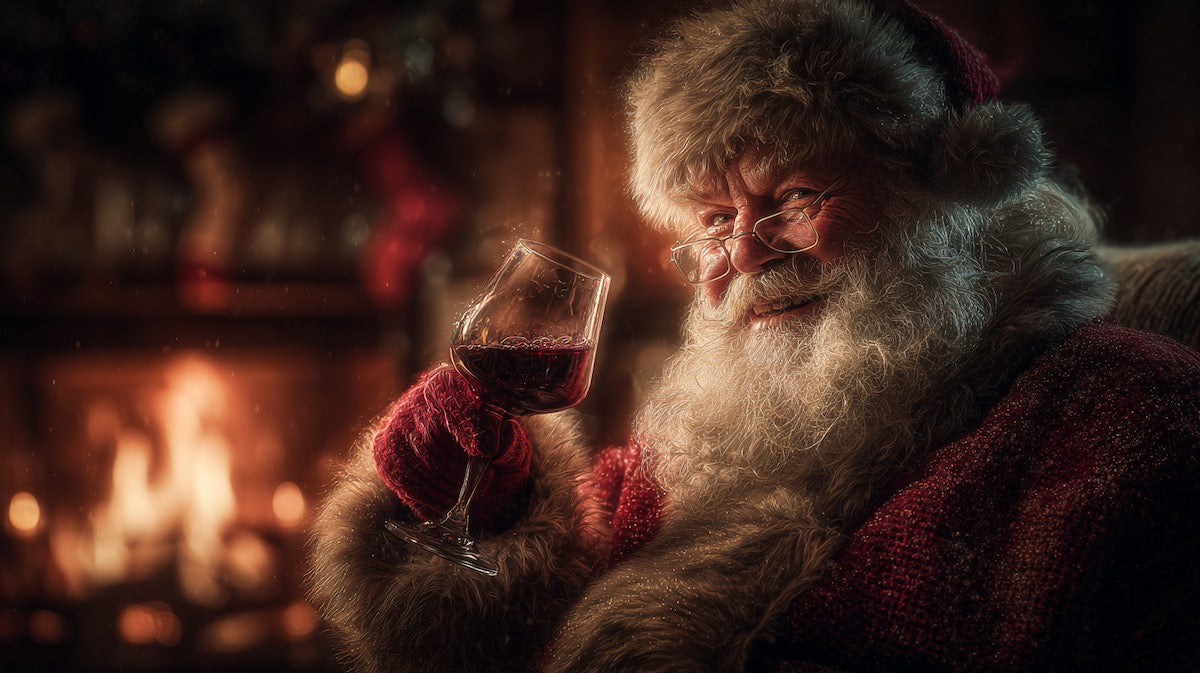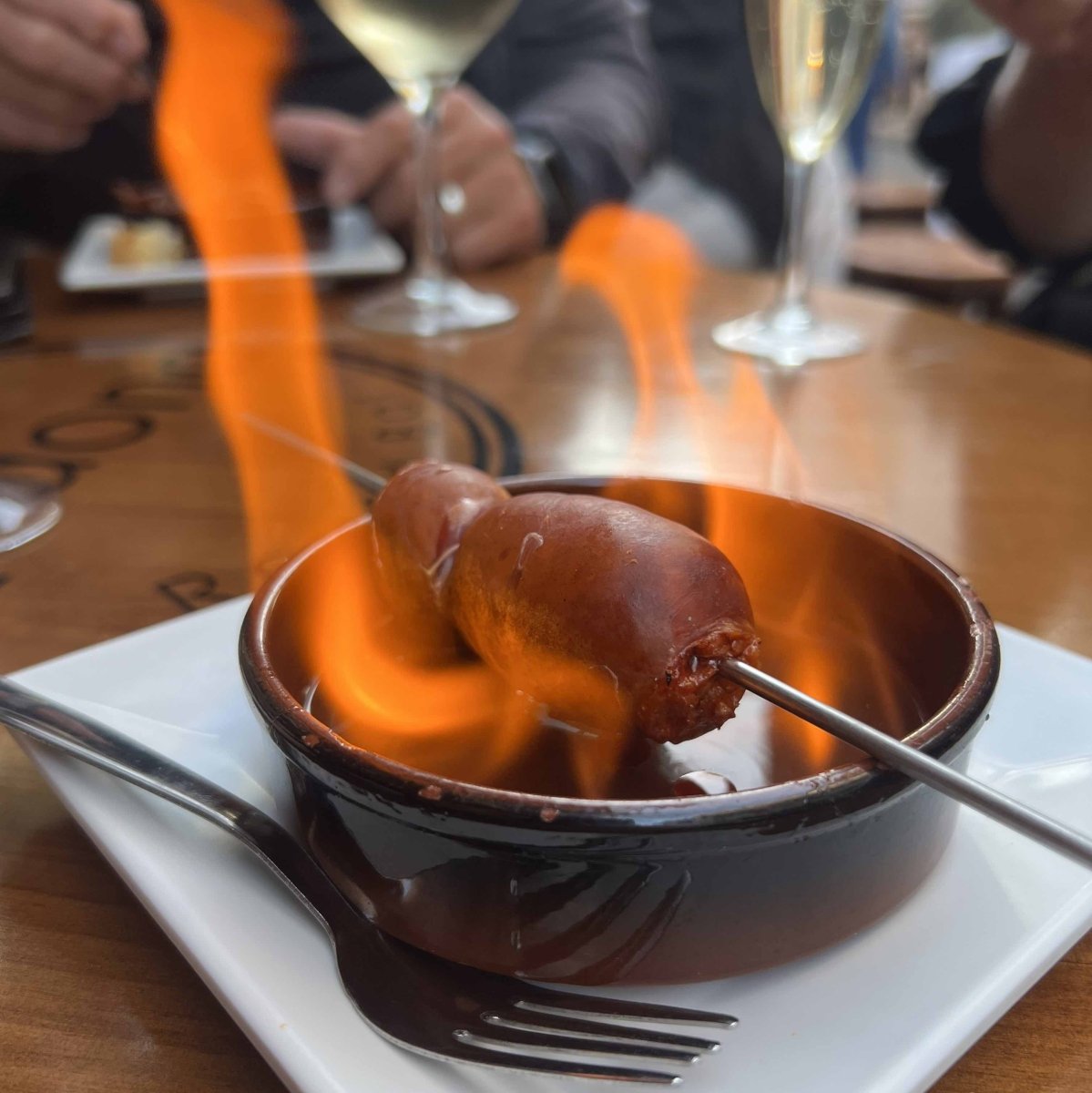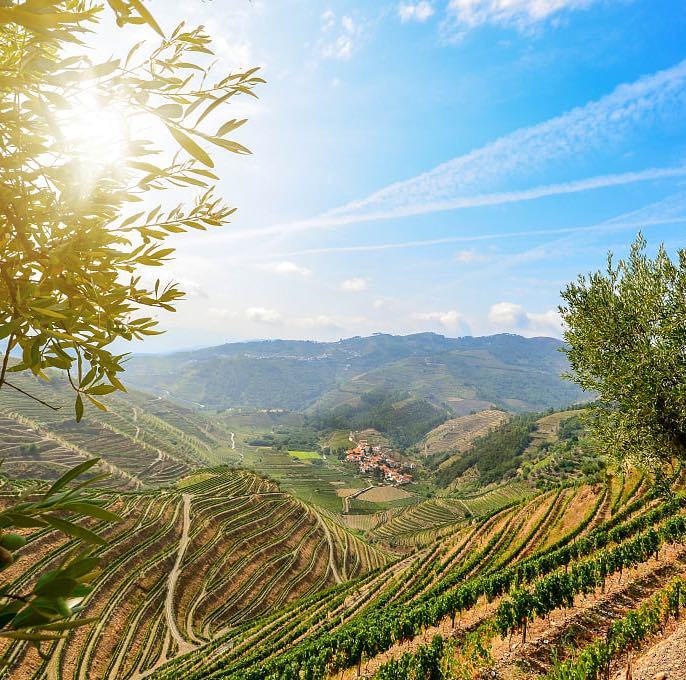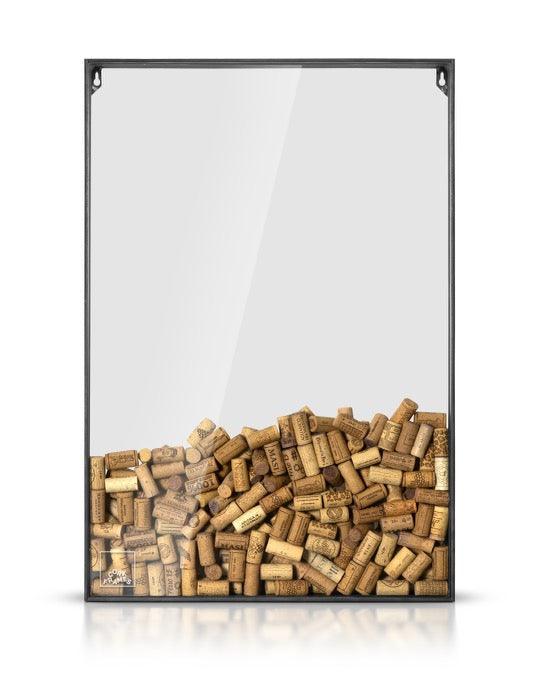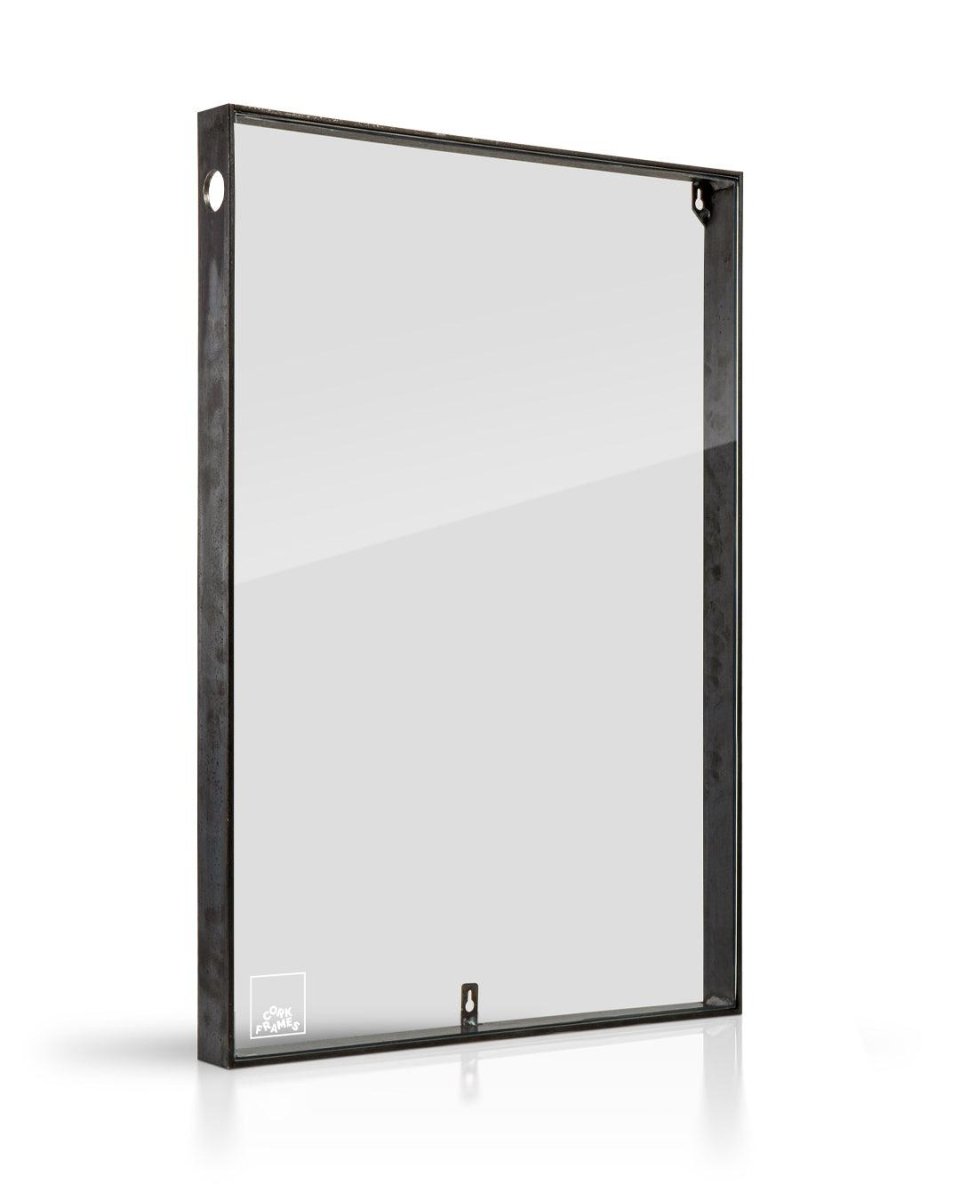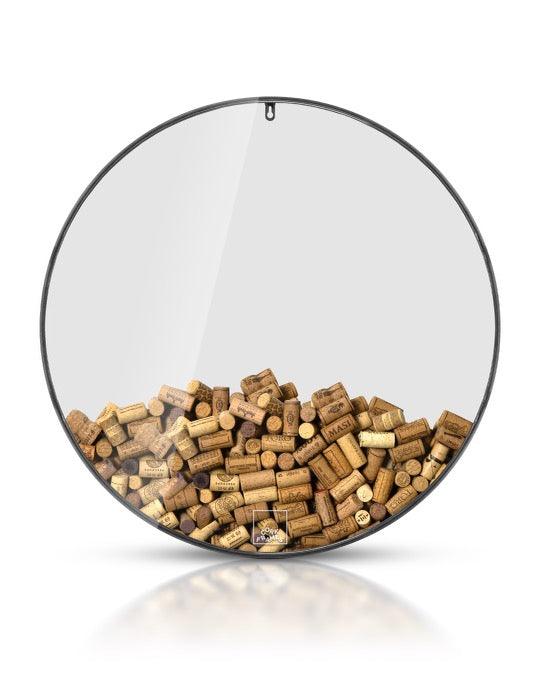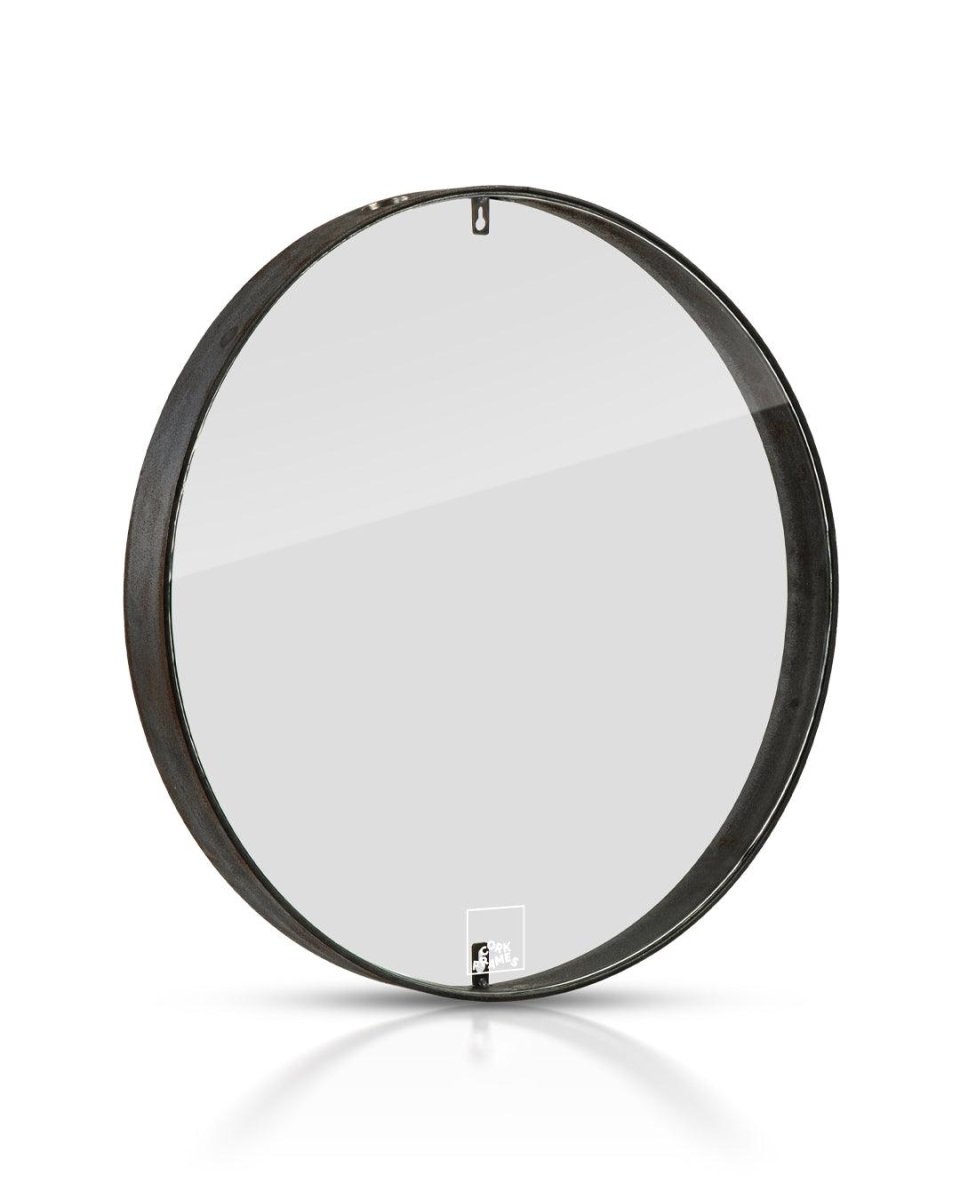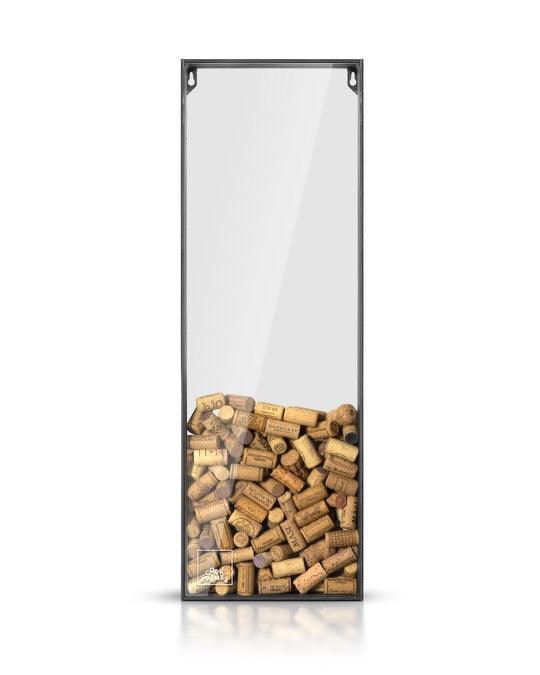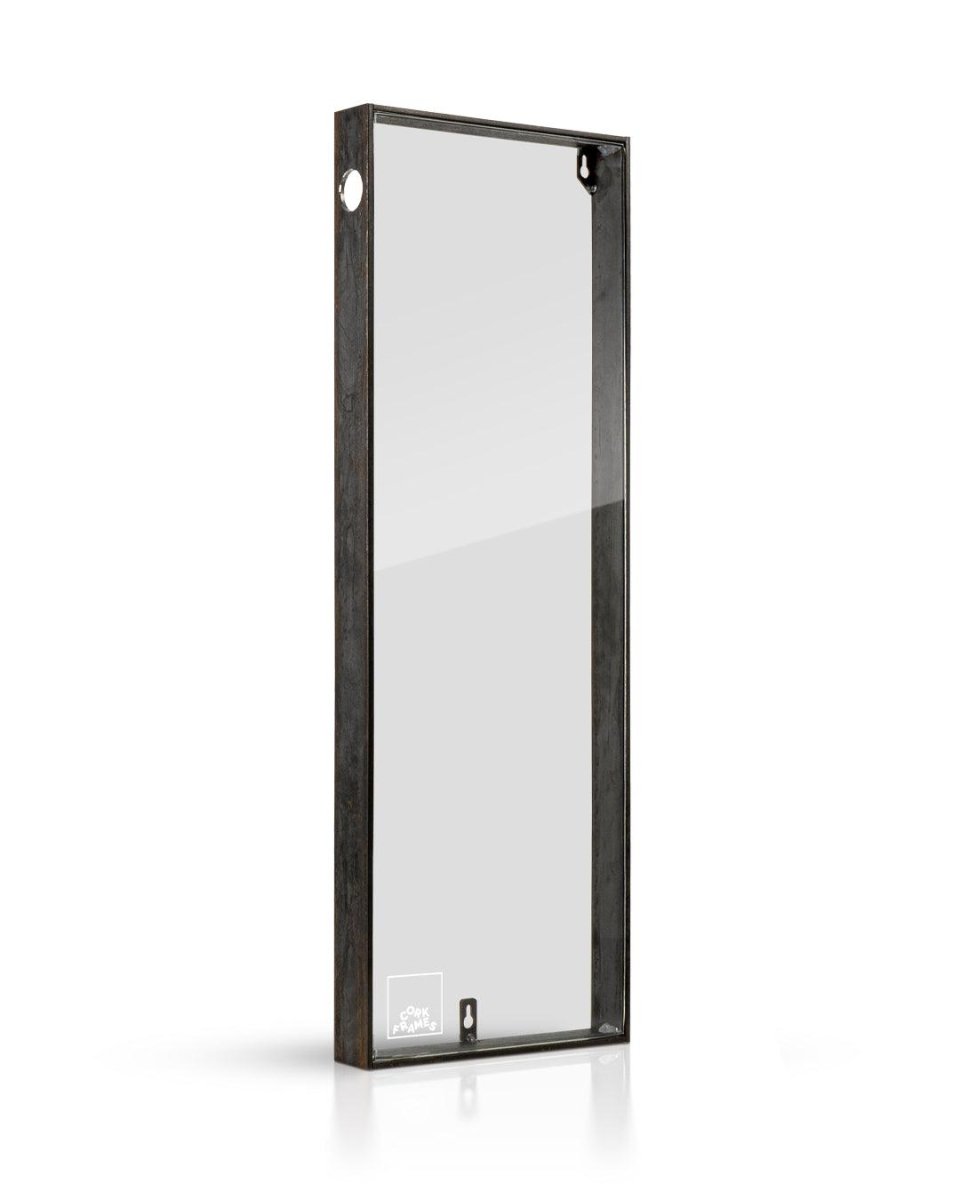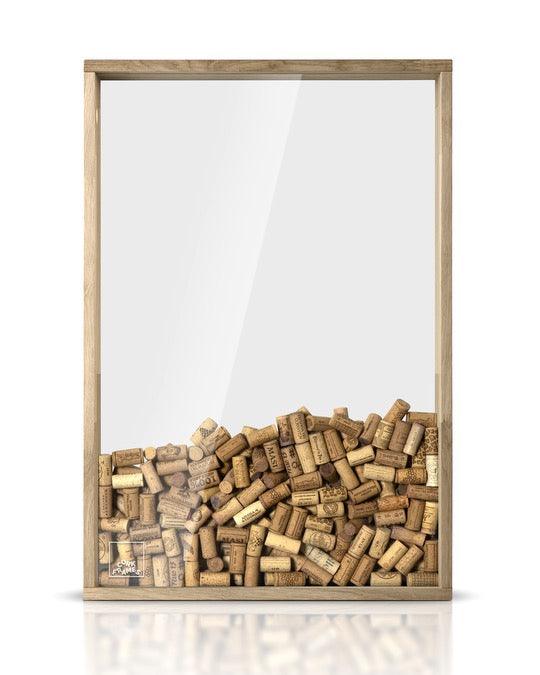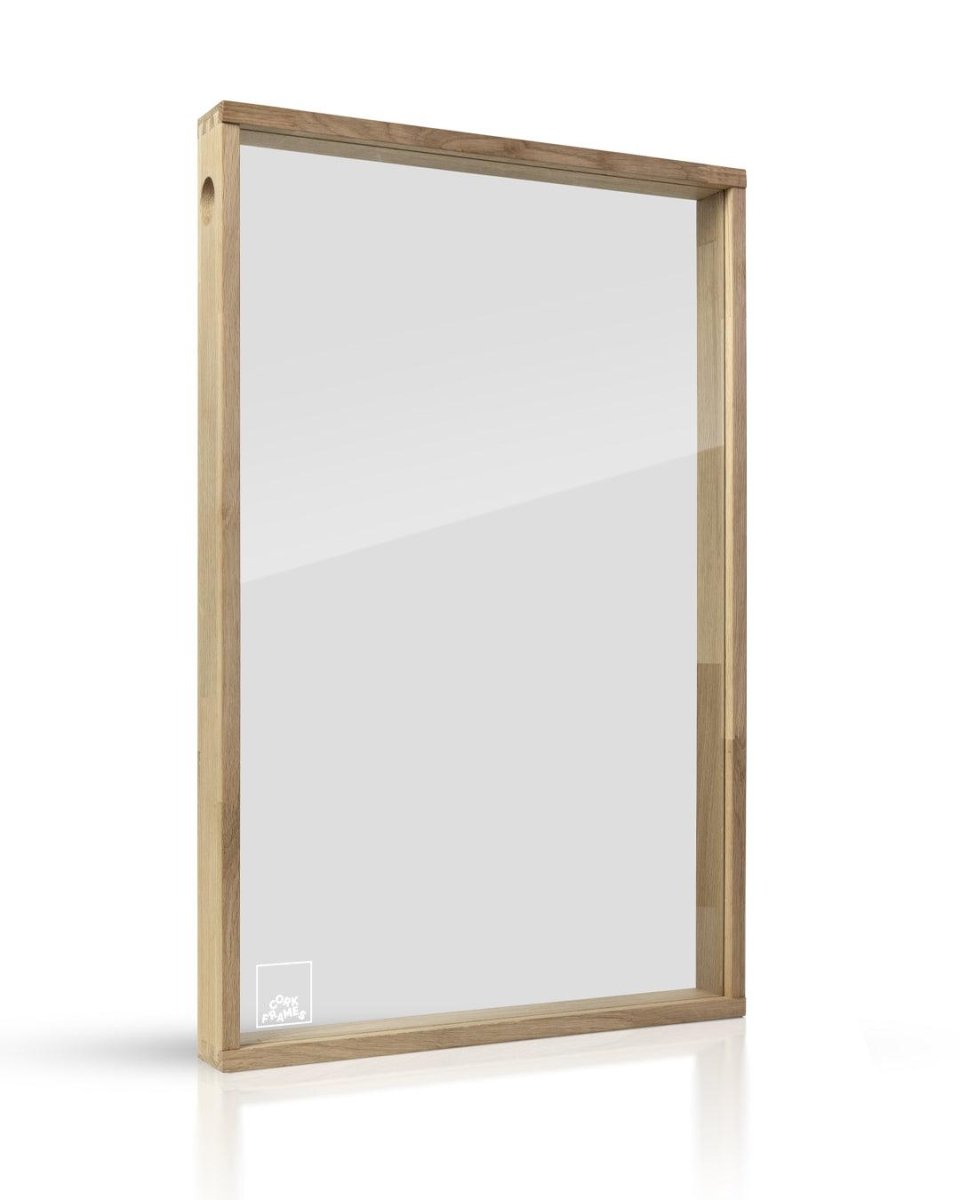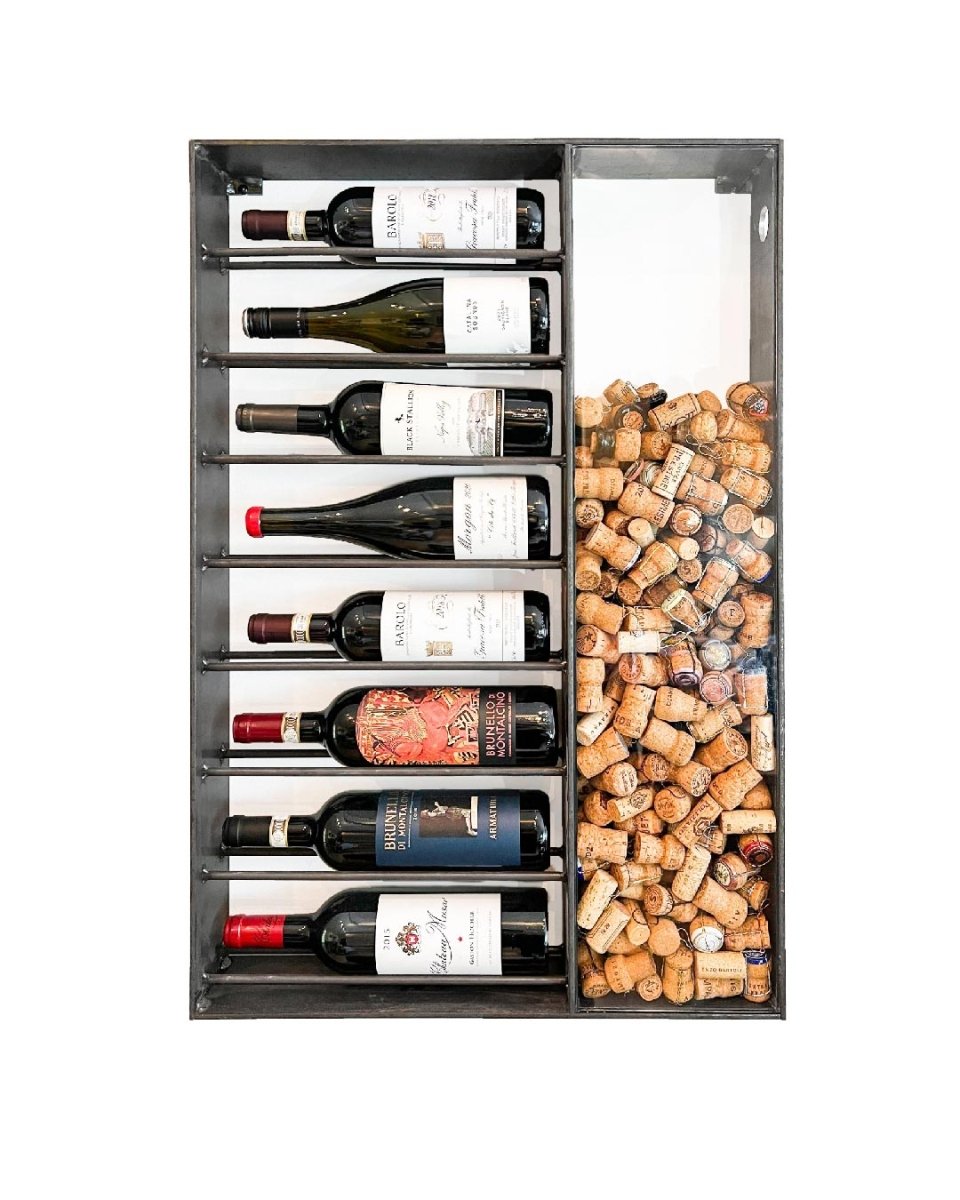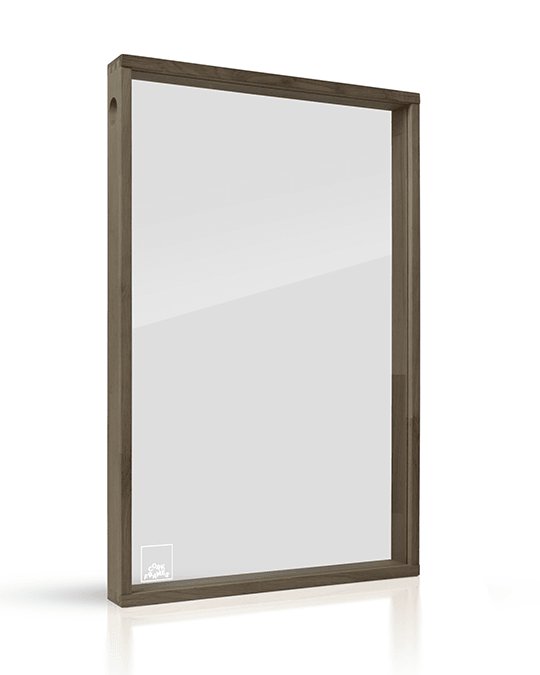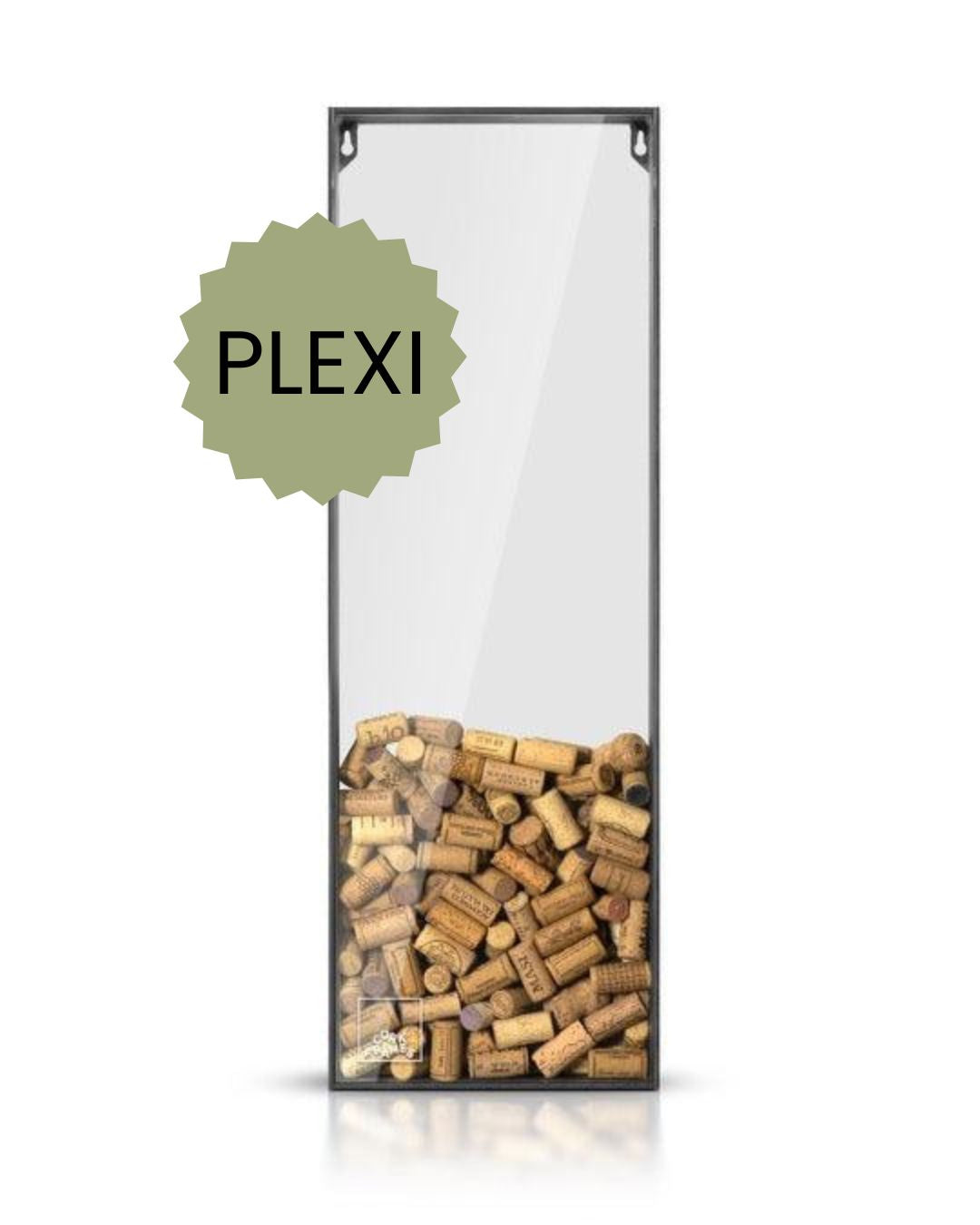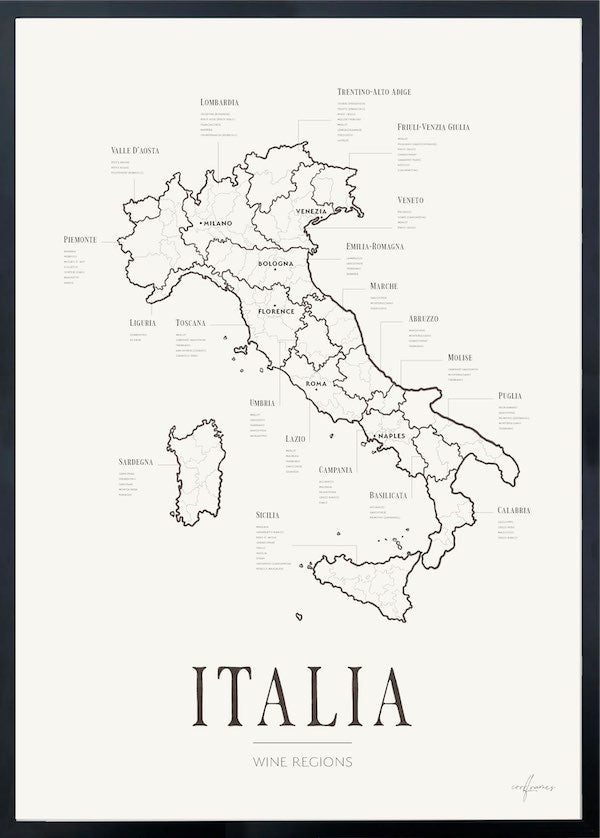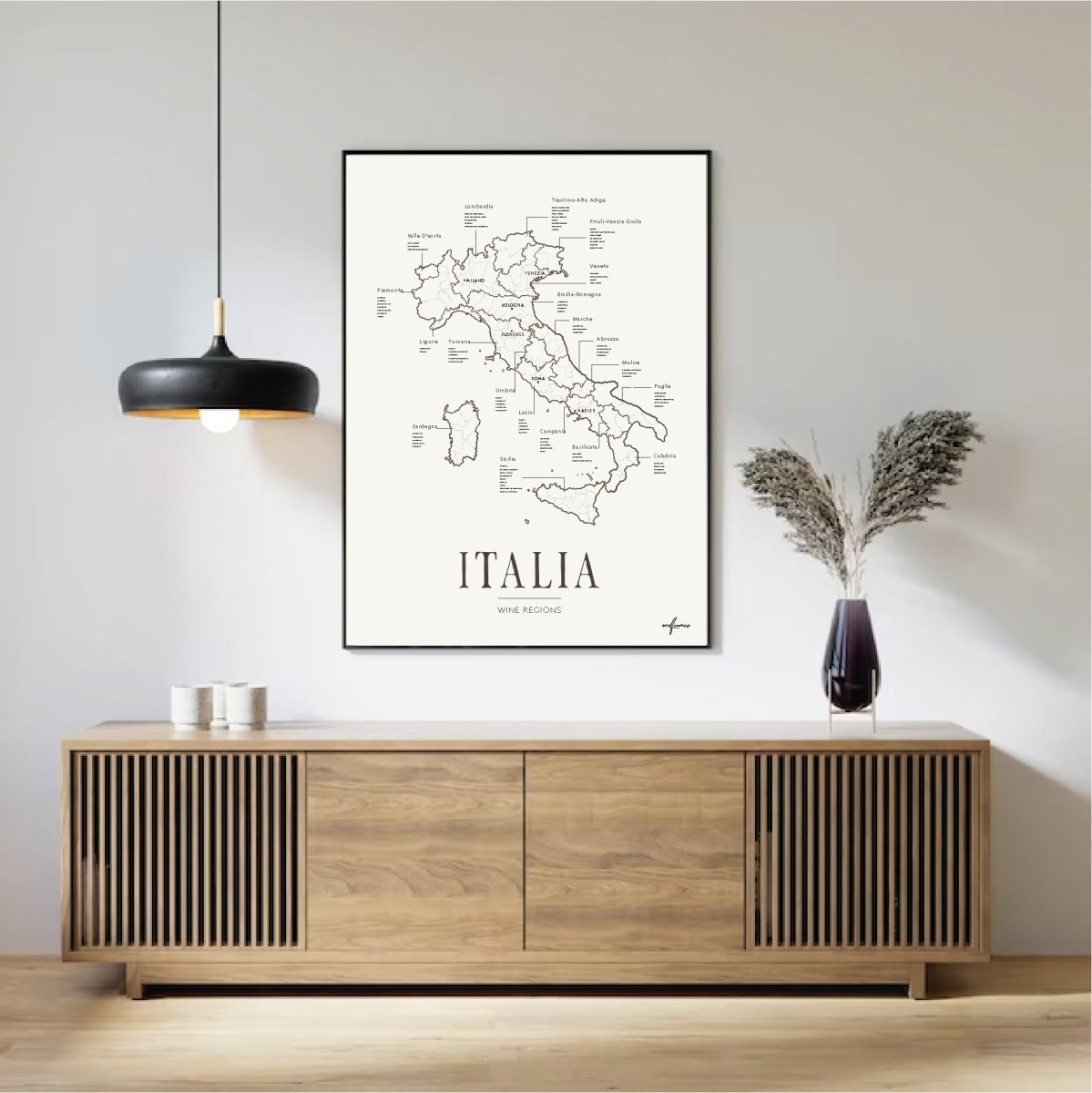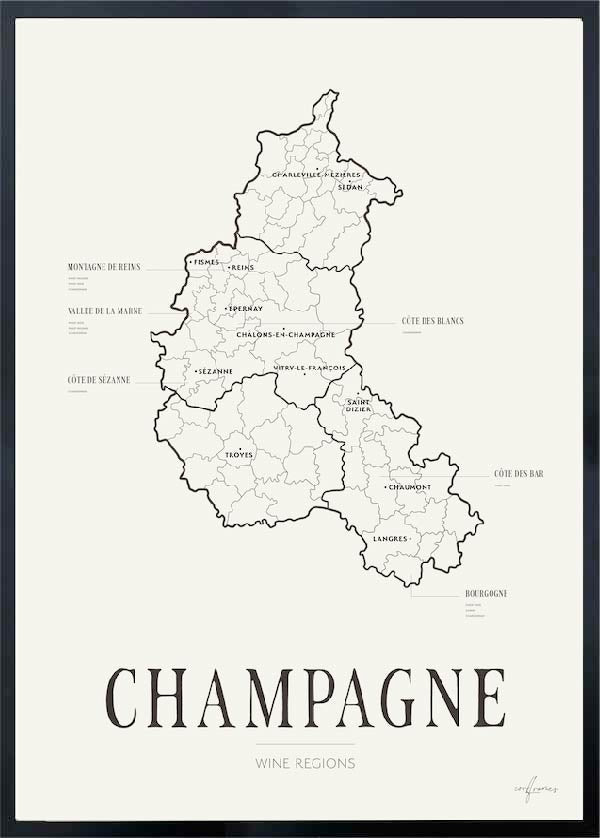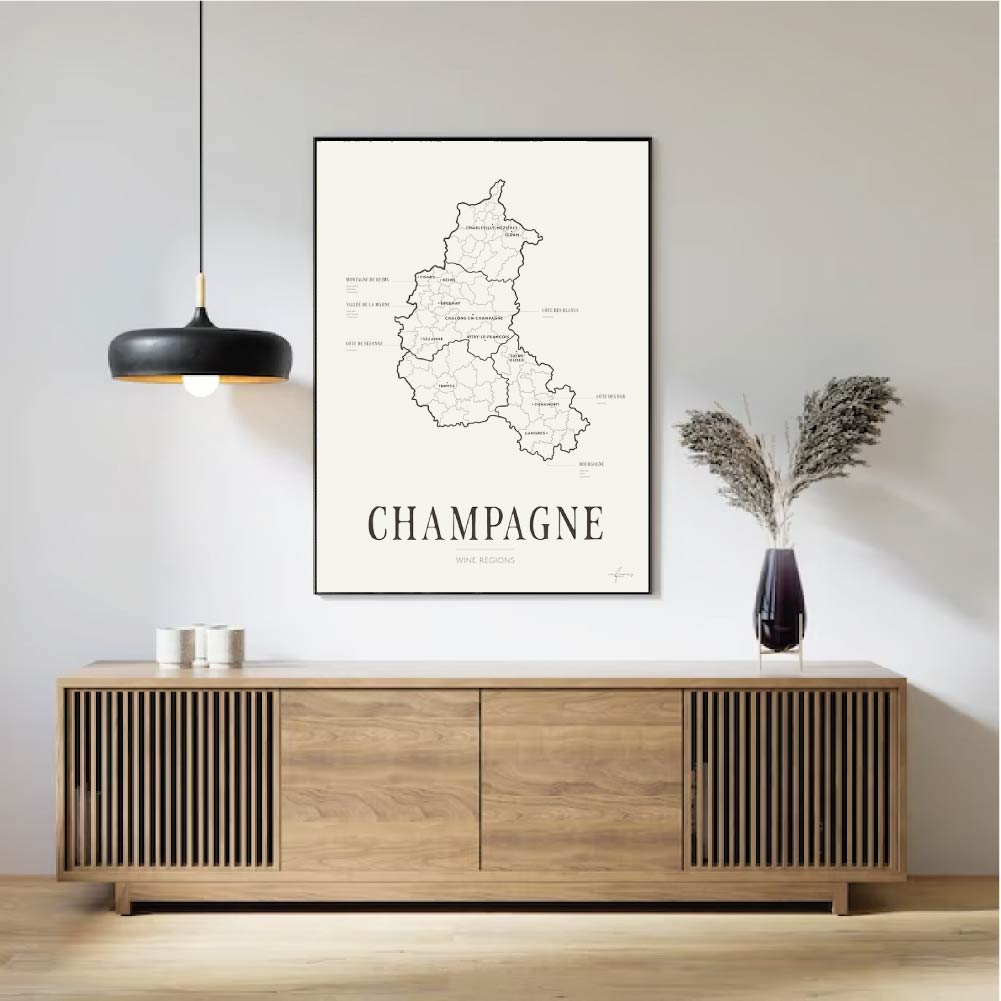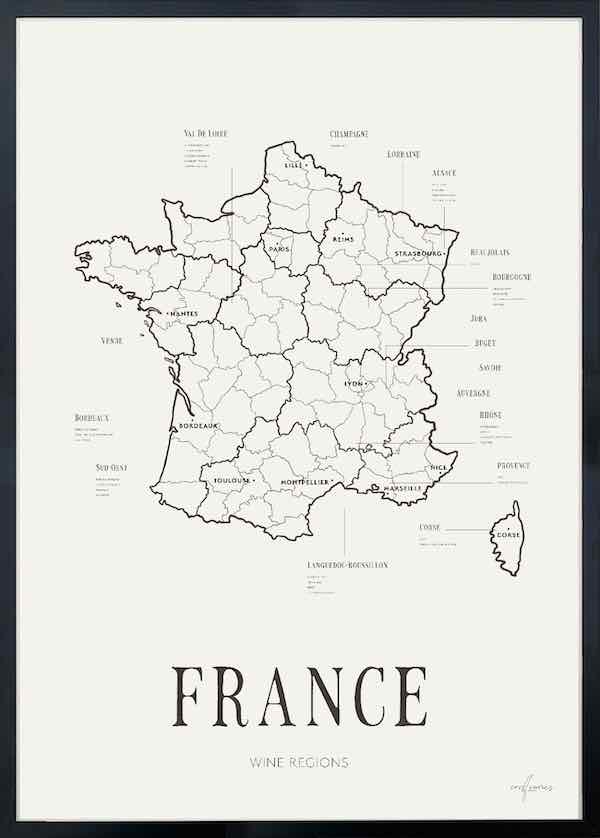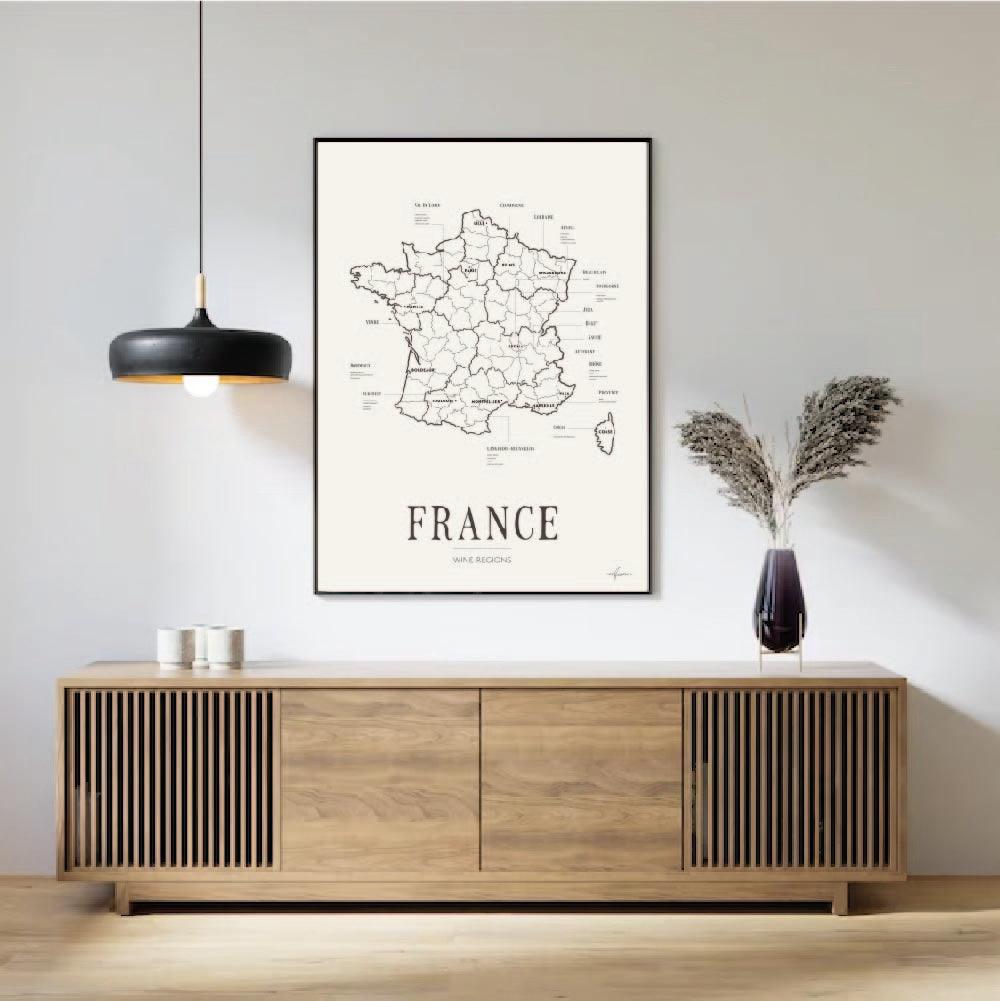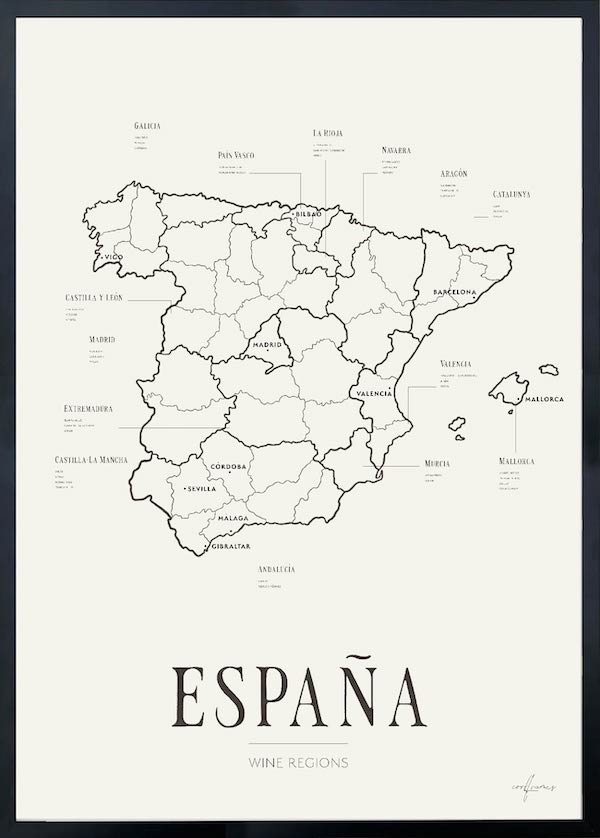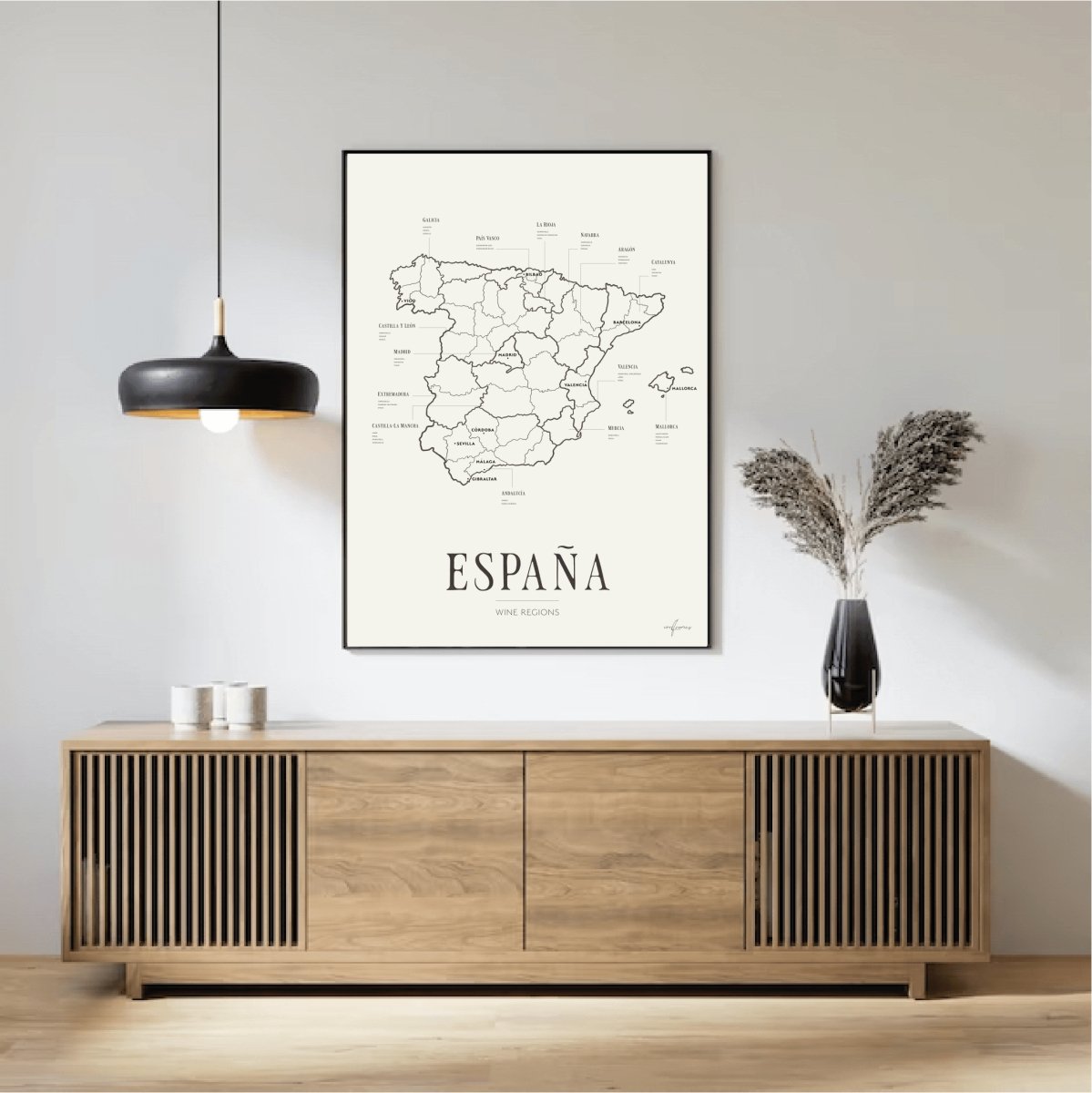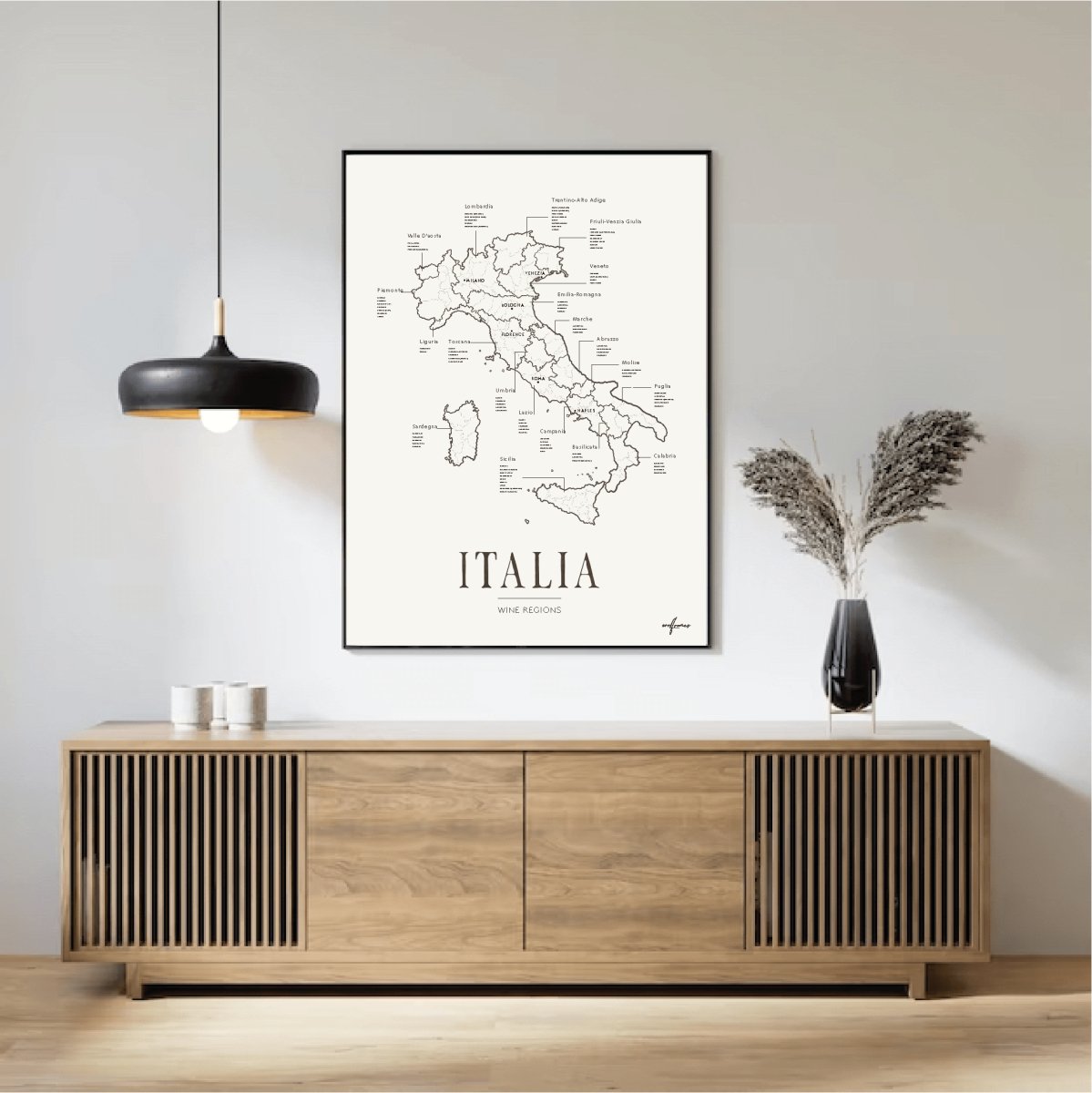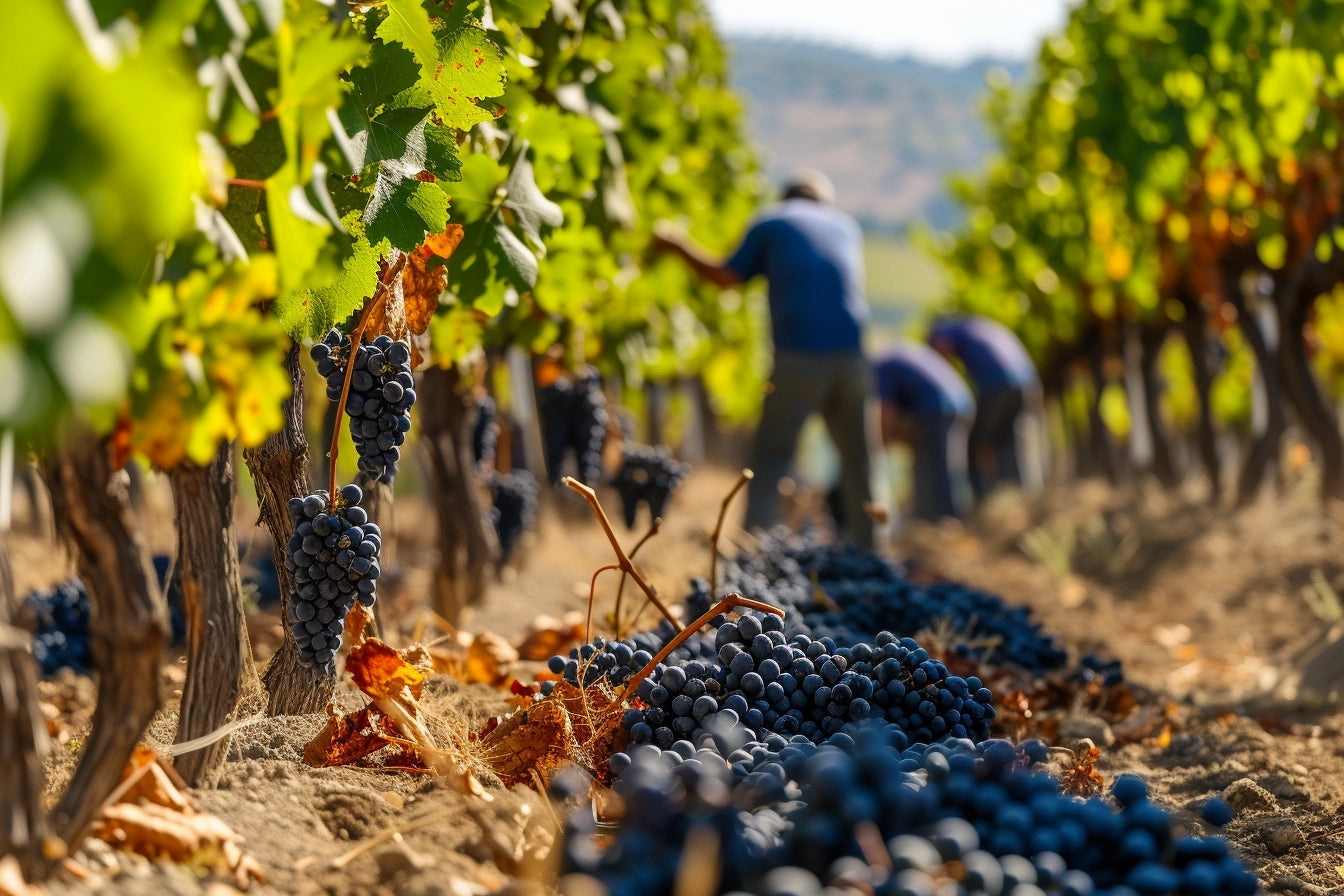It is said that a bottle of champagne contains 49 million bubbles. But how does the bubbles in Champagne, Cava or Prosecco actually form?
Producing sparkling wine like Champagne, Cava or Prosecco is a meticulous and multifaceted process, involving various techniques that contribute to the wine’s unique effervescence and flavor.
Here, we explore the most widely used methods in detail.
Traditional Method (Méthode Champenoise)
This method is the gold standard for making sparkling wines such as Champagne. It involves several intricate steps:
-
Base Wine Production: Initial fermentation produces a still, dry wine, typically from grape varieties like Chardonnay, Pinot Noir, and Pinot Meunier. This base wine is usually high in acidity and low in alcohol.
-
Blending (Assemblage): Wines from different vineyards, grape varieties, or vintages may be blended to achieve the desired flavor profile. This blend is known as the "cuvée".
-
Tirage and Bottling: A mixture of sugar and yeast, called "liqueur de tirage", is added to the cuvée. This mixture is bottled and sealed with a crown cap. The added yeast and sugar will induce a secondary fermentation within the bottle.
-
Second Fermentation: The bottles are stored horizontally in cool, dark cellars. The secondary fermentation produces carbon dioxide, which dissolves in the wine and creates bubbles. This process also increases the alcohol content slightly.
-
Aging on Lees: The wine ages on the dead yeast cells (lees) for a minimum of 15 months for non-vintage Champagne and at least 36 months for vintage Champagne. This aging process imparts complex flavors like brioche, toast, and nuttiness.
-
Riddling (Remuage): The bottles are gradually tilted and rotated to collect the lees in the neck of the bottle. This can be done manually or using automated machines called gyropalettes.
-
Disgorging (Dégorgement): The neck of the bottle is frozen, and the bottle is opened to eject the frozen lees plug.
-
Dosage: A small amount of wine mixed with sugar (liqueur d'expédition) is added to adjust the sweetness level of the wine. The sweetness level ranges from Brut Nature (no added sugar) to Doux (sweet).
-
Final Corking: The bottle is sealed with a cork and wire cage, labeled, and allowed to rest before release.
Charmat Method (Tank Method)
The Charmat method, often used for Prosecco and other sparkling wines, is a faster and more economical process:
-
Base Wine Production: Similar to the traditional method, a base wine is produced.
-
Second Fermentation in Tanks: The base wine is transferred to large pressurized tanks. Sugar and yeast are added to initiate a second fermentation.
-
Filtration: Once the desired level of carbonation is achieved, the wine is filtered to remove the yeast.
-
Bottling: The sparkling wine is bottled under pressure to retain the carbonation.
Ancestral Method (Méthode Ancestrale)
This ancient method is simpler and often used for natural sparkling wines:
-
Single Fermentation: The wine undergoes partial fermentation in tanks.
-
Bottling: Before fermentation completes, the wine is bottled, and fermentation continues in the bottle.
-
Natural Effervescence: The ongoing fermentation produces bubbles naturally, often resulting in a slightly cloudy wine with a touch of sweetness.
Key Regions and Their Techniques
- Champagne (France): Renowned for its high-quality sparkling wines produced exclusively by the traditional method.
- Prosecco (Italy): Primarily uses the Charmat method, producing light and aromatic sparkling wines.
- Cava (Spain): Made using the traditional method, offering excellent quality at a more affordable price.
- Crémant (France): Sparkling wines made outside the Champagne region, often using the traditional method.
By understanding these methods, one can appreciate the complexity and craftsmanship involved in producing the sparkling wines enjoyed worldwide.
